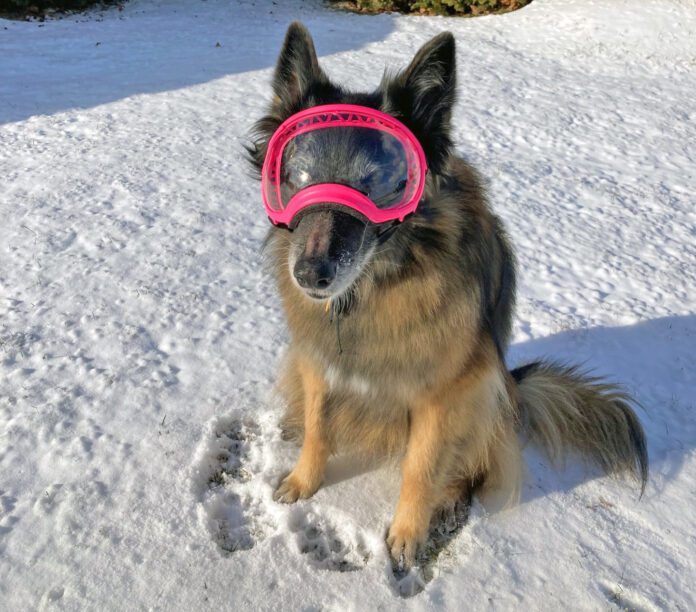Pannus, or chronic superficial keratitis, is a progressive eye disease that can cause blindness if not treated. This inflammatory disease affects the dog’s cornea, usually in both eyes. The severity of the disease may vary between the eyes. Pannus cannot be cured, but it can be controlled with treatment.
Signs of Pannus in Dogs
Pannus is a growth of vascular tissue over the cornea. It usually starts on the edges of the cornea and spreads into the center of the eye. It may appear to be a raised red area in the outer corner of the eye. The blood vessels cause an opaque haze. As the disease progresses, a dark brown pigment forms that blocks vision. Untreated, it can coat the entire cornea, which is how it causes blindness.
If you notice any vision problem in your dog or his eyes appear abnormal due to discharge or color changes, make a veterinary appointment to determine if the cause is an allergy or an infection. Guessing the cause of an eye problem is risky at best.
Causes of Pannus in Dogs
Pannus may be caused by environmental factors, including:
- Air pollution
- High altitude
- Exposure to intense ultraviolet (UV) light
Dogs living in the Rocky Mountains are considered at higher risk, especially if they are a breed or mix with a genetic predisposition, which includes German Shepherd Dogs, Belgian Tervuren, Belgian Sheepdogs, Rottweilers, and Siberian Huskies.
Diagnosing Pannus in Dogs
Pannus generally appears in dogs about 5 to 8 years of age, although younger dogs have been diagnosed.
A regular physical examination may detect pannus. If your veterinarian suspects pannus, he or she may ask to do a few tests, like corneal staining or checking the dog’s eye pressure. If diagnosed as pannus, the dog will start on prescription eye drops or ointments that are given multiple times per day. Medication can return the eyes to normal, but if the treatment stops, the condition returns.
Treatment of Pannus in Dogs
The first line of defense is usually a corticosteroid, but many dogs will require an immunosuppressive drug such as cyclosporine (Atopica) or tacrolimus.
With treatment, the pigment often regresses, and the pannus goes into remission. Avoiding high altitude exposures and bright UV light can help. Your dog can wear protective UV goggles made for dogs. Dogs who continue to be exposed to these environmental influences may not achieve full remission.
Your dog will need checkups every couple of months to ensure the treatment is working. If so, yearly evaluations are often sufficient.
Resistant cases of pannus may need a referral to a veterinary ophthalmologist. For extreme cases, ocular injections of corticosteroids have provided some relief, as well as cyclosporine implants.
This disease is much easier to treat and control if caught early. Severe cases may never return to full vision. My daughter’s Belgian Tervuren, pictured, was diagnosed with pannus at about 4 years of age. With consistent medical treatment twice a day, her eyes look perfect, and her vision is unaffected. She participates in numerous dog sports and competitions with no visual problems. She does sometimes wear goggles, however, if she is out on the water on a bright sunny day.






